From push-ups and handstand holds to pull-ups, dips, and more, calisthenics has gained significant popularity in the fitness world. And maybe you’ve been curious about how you can perform some of these impressive movements.
For instance, for many, the pull-up is the ultimate goal. So, how can you learn to do one?
Well, even if you’re starting from scratch, an avid gym goer, or have a few pull-ups under your belt already, we have a progression that’ll help you become a pull-up pro. Let’s dive in!
Assisted Pull-Up
An assisted pull-up is the basic starting point for this exercise. And there are lots of ways to perform an assisted pull-up, depending on what equipment you have access to and your baseline strength level. But let’s start with the more accessible modalities and work up to the more challenging progressions.
Feet On Floor
Difficulty: Easiest
Equipment Needed: Squat Rack with Bar or Smith Machine
This modality is the easiest and most approachable to start with, as your feet remain in contact with the ground for the full range.
-
Sit on the floor below the bar with your feet out in front of you.
-
Set the bar to a level that allows you to reach it while still staying seated on the floor.
-
With your palms facing away from you, about shoulder width apart, pull up, leaving your feet in contact with the floor to provide some assistance.
-
Ensure that your torso stays fully upright, not leaning back, and keep your elbows in to activate the correct muscles.
-
Adjust your foot position based on how much assistance you need. Moving your feet closer to you makes it easier, and moving the legs farther away or straight in front of you is the hardest option.
Pull-Up Machine
Difficulty: Easy
Equipment Needed: Pull-up/dip assist machine
This modality requires an assisted pull-up/dip machine that you can load with scalable “assistance” weight.
-
Start by setting the weight stack to about half of your body weight, so if you’re 150 lbs, set it to 75. This is a good starting point.
-
Grab the bar with a shoulder-width grip and your palms facing away from you.
-
Put your knees on the pad and slowly lower down until the arms are straight.
-
Pull up to the top and assess how difficult it was. Adjust your weight up or down accordingly.
-
When exiting the machine, keep both hands on the hand grips and take one knee off of the pad.
-
Allow the pad to come up to the resting position and step your other leg down.
Banded Pull-ups
Pull-up Negatives
Difficulty: Hard
Equipment Needed: Elevated surface & pull-up bar
This is an excellent modality to try if you can do one to two pull-ups and want to scale up to doing more. This exercise focuses on only the lowering portion of the rep. This is what we refer to as the “negative” or “eccentric” phase of the movement. You will be able to do far more negatives than full pull-ups, and they will result in rapid strength gains.
-
Find a surface to stand on that brings your chin to the level of the pull-up bar.
-
With your palms facing you, step off of your surface and try to keep your chin above the bar as long as you can.
-
When you start descending, try to make it as slow as possible, five seconds or more.
-
When you reach the bottom, step back up onto your surface and repeat the holding and lowering phases.
Weighted Negatives
Difficulty: Hardest
Equipment Needed: Elevated surface, pull-up bar, dip belt & plate weights
Once you can do about five-plus pull-ups, this modality will help you gain the strength to do even more. Most gyms have dip belts available for members to use, so try asking the front desk or just bring one of your own.
-
The setup is identical to the unweighted negatives, but you will need a dip belt.
-
Put on the belt and thread the chain through the hole on the other side.
-
Add a weighted plate onto the chain and clip the chain back to the loop on the original side.
-
Perform negative reps as stated above.
Repetition and Set Schemes
When trying to increase the amount of pull-ups you can do, there are a few time-efficient ways to improve your strength. There is one scheme in which you decrease the reps and another in which you lower the weight.
Decreasing Repetition Scheme
Set 1: 8 pull-ups at the hardest modality you can do
Set 2: 6 pull-ups at that same weight
Set 3: 4 pull-ups same weight
Decreasing Weight Scheme
Set 1: 8 pull-ups at the hardest modality you can do
Set 2: 8 pull-ups at a slightly lighter weight
Set 3: 8 pull-ups at an even lower weight
Both schemes leverage your first set when your muscles are the least fatigued. As you move through the sets and your muscles start to tire, either the reps or the weight are adjusted to be easier. This allows you to train to near-exhaustion but ensures repetition quality isn’t lost.
Complimentary Strength Training
You can support your pull-up progress by targeting the same muscle groups when lifting weights outside of your pull-up-specific training. Exercises that will help you build your pull-up strength include;
-
Lat pull down
-
Cable Face Pull
-
Hammer grip bicep curl
-
Push-ups (on knees or toes)
-
Row variations
-
Pull-up bar hang (shoulders flexed down and away from ears)
In Summary…
There’s no one way to gain the strength to perform a pull-up, so feel free to mix and match or practice one variation until you feel ready for the next. Adding in complimentary strength training will help you reach your goal quicker, but ensure that you are allowing your body to recover in between sessions by maintaining adequate protein intake, getting enough sleep, and stretching. Good luck!
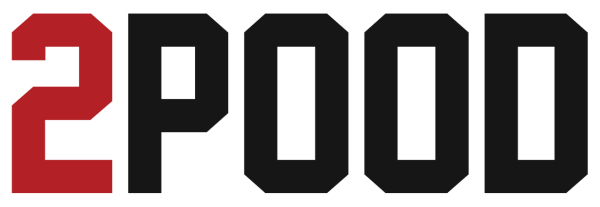
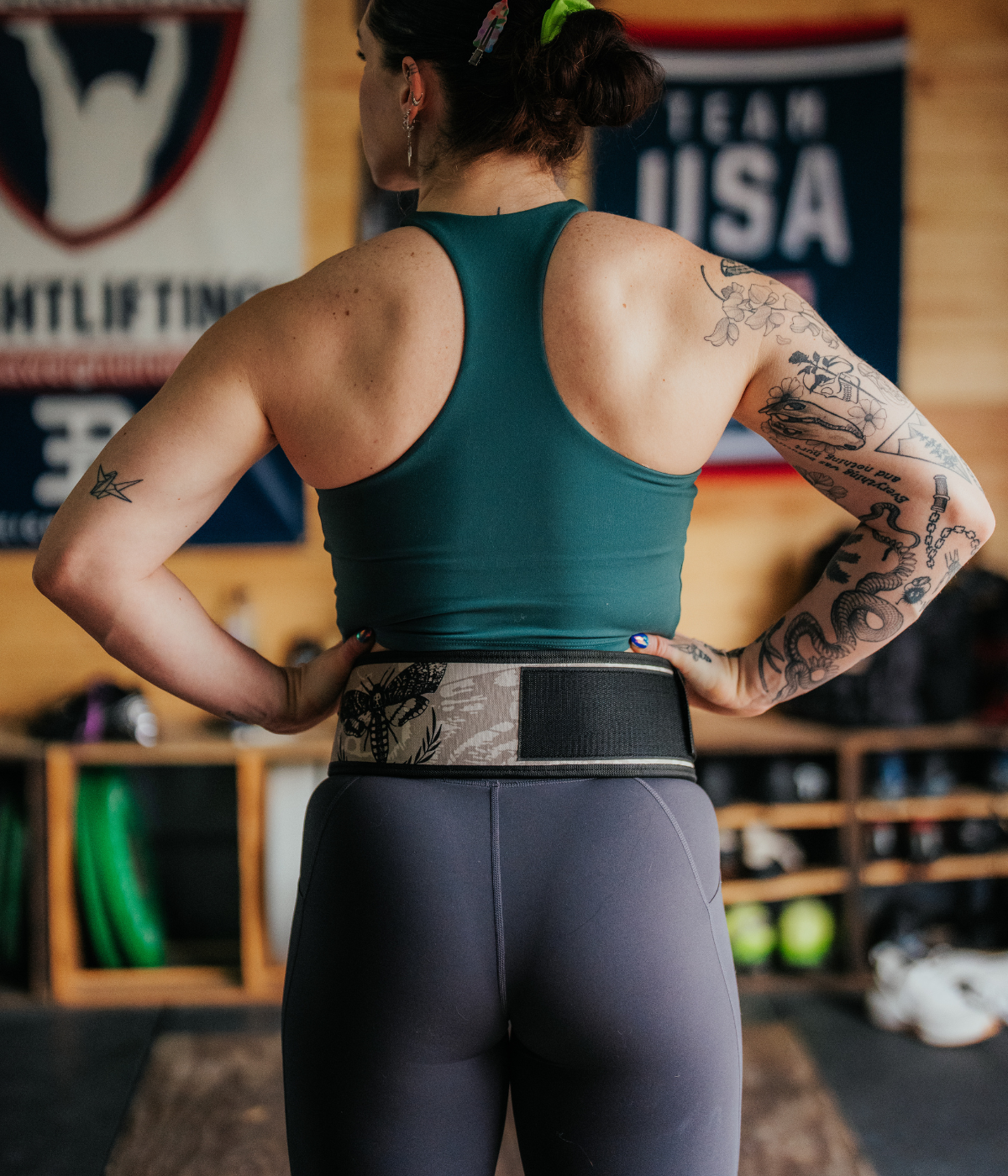
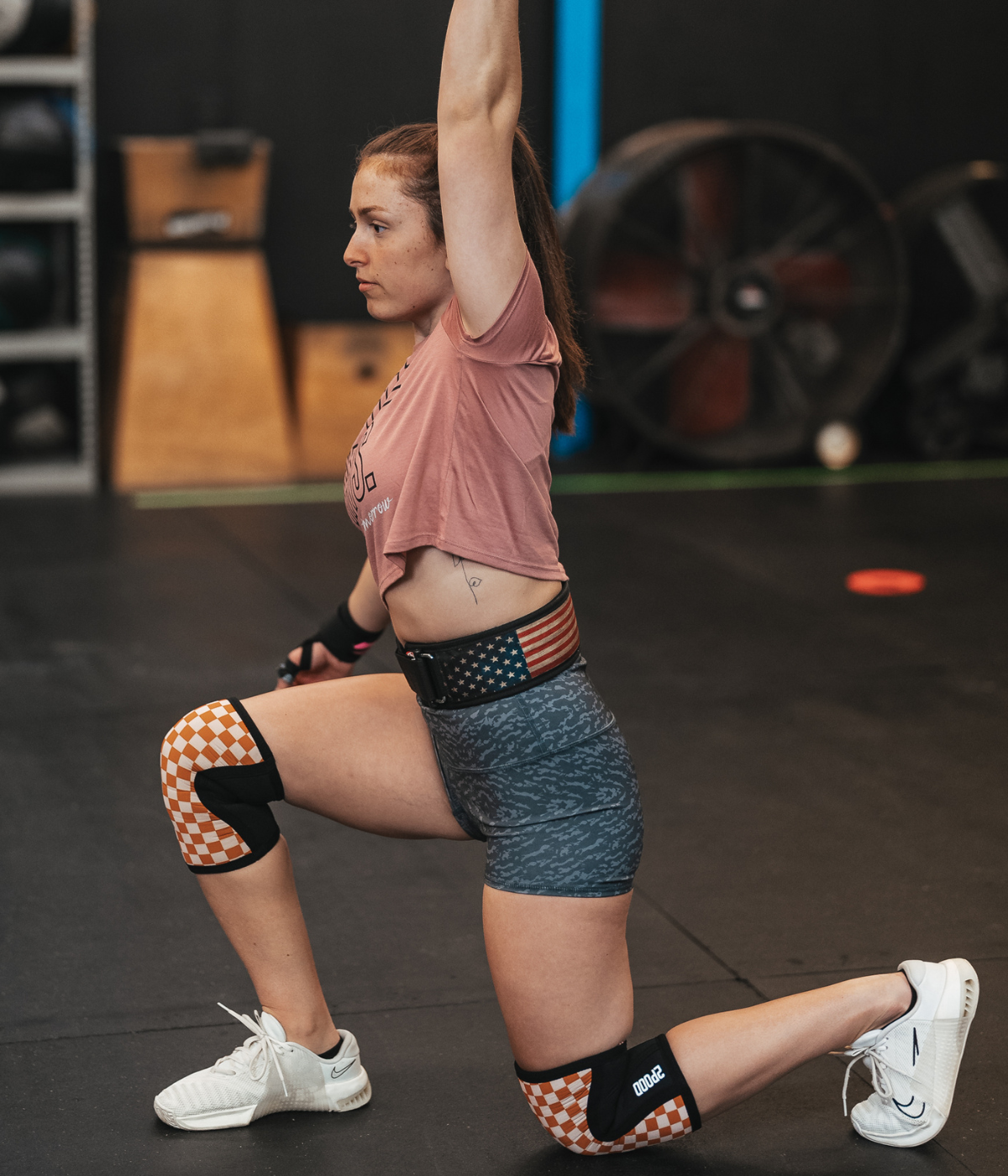
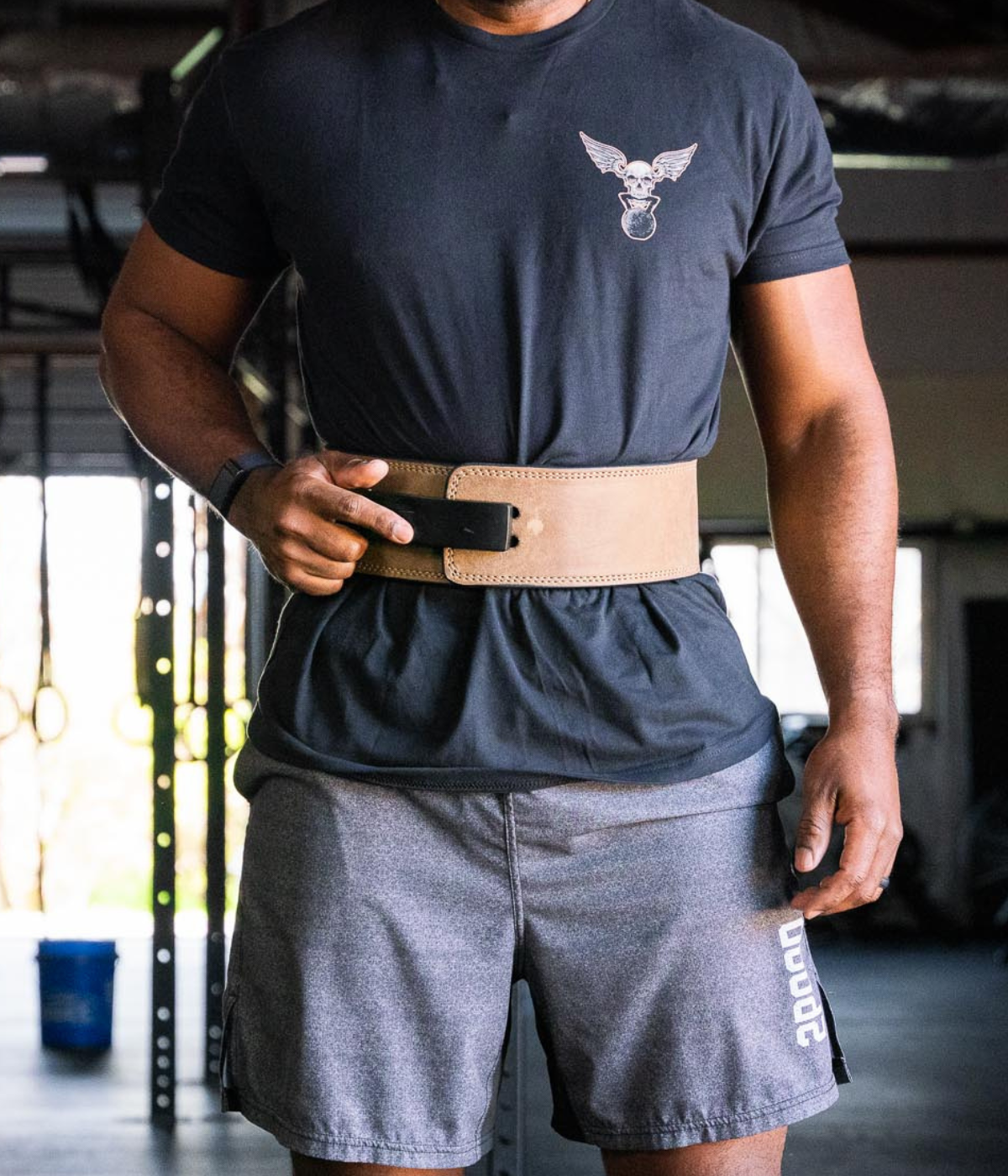
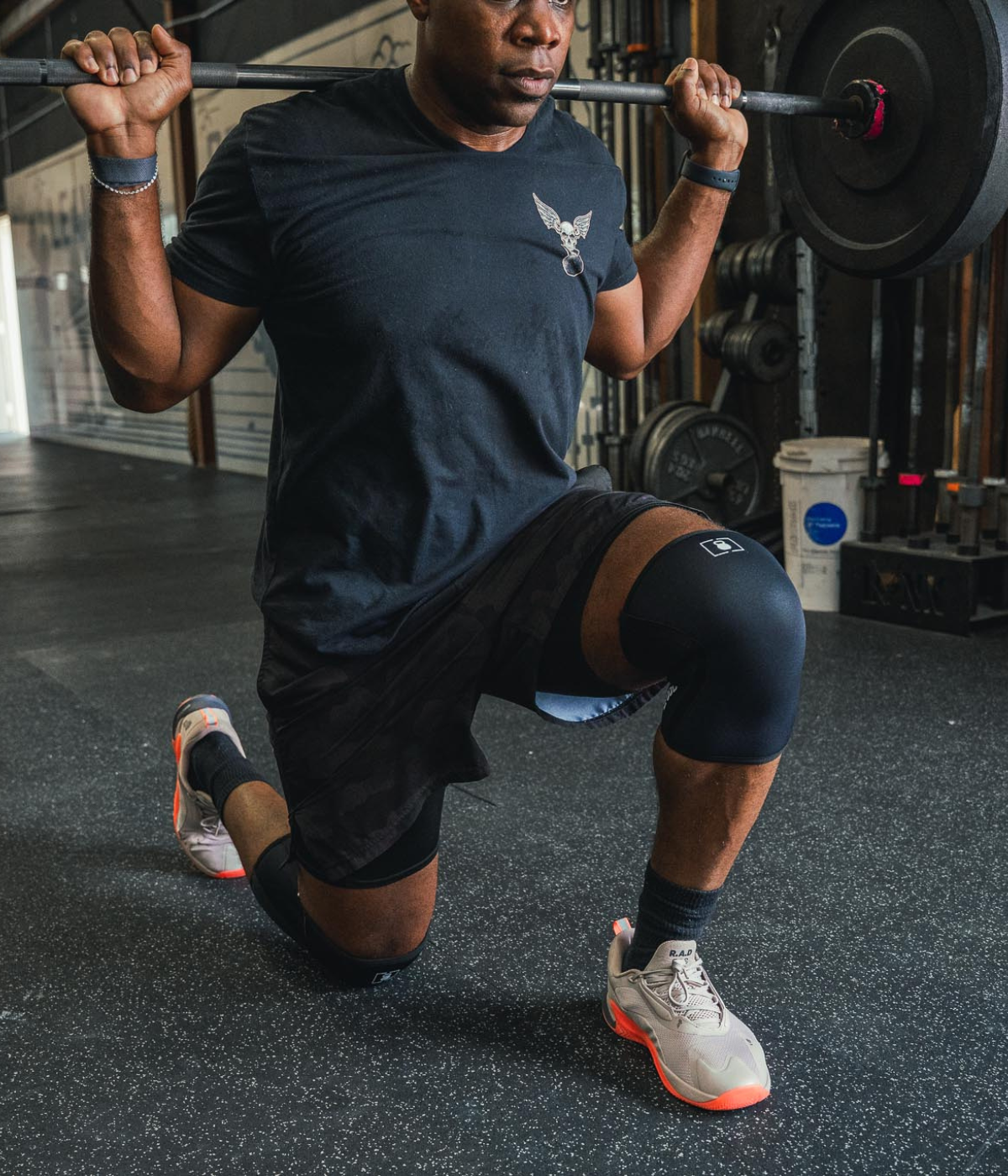
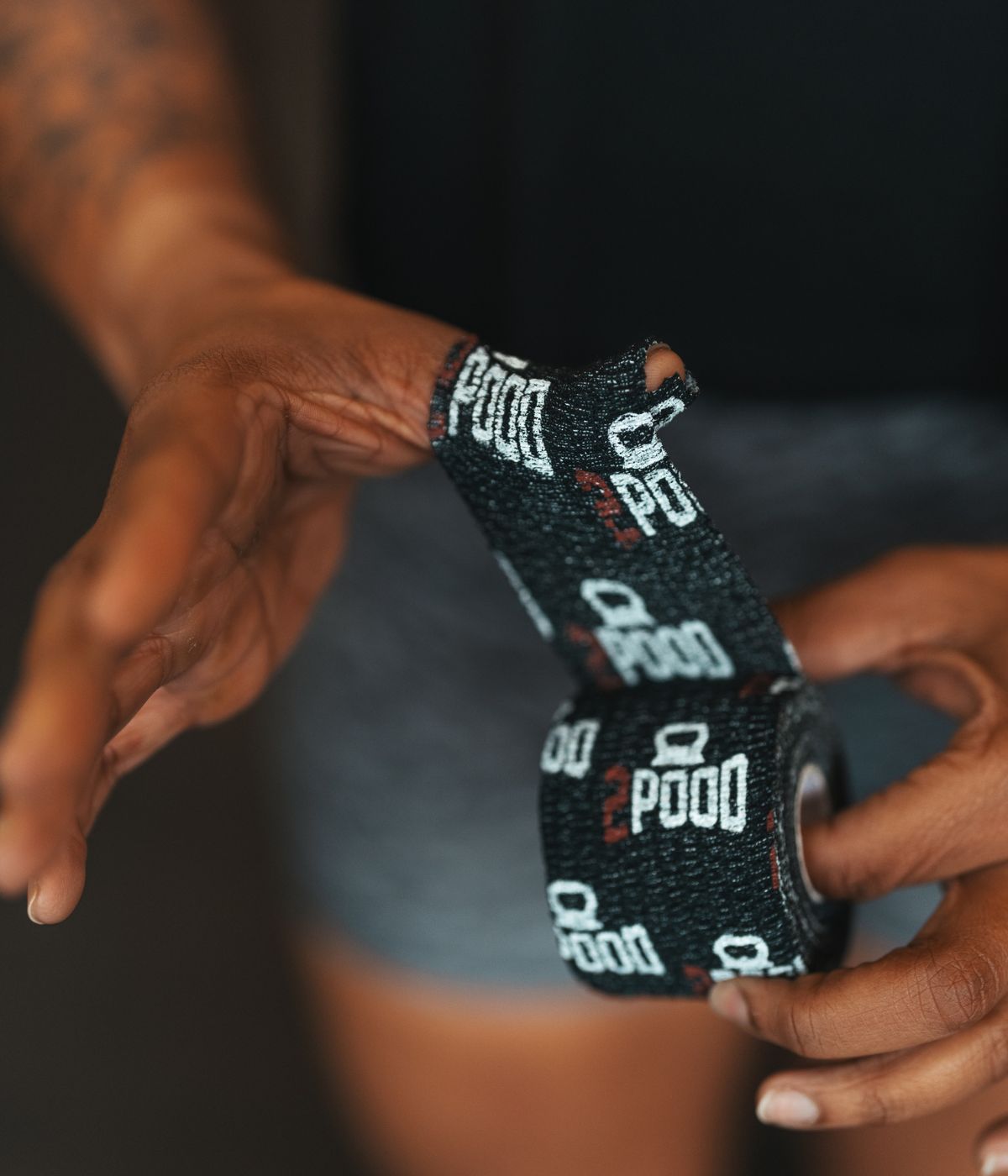
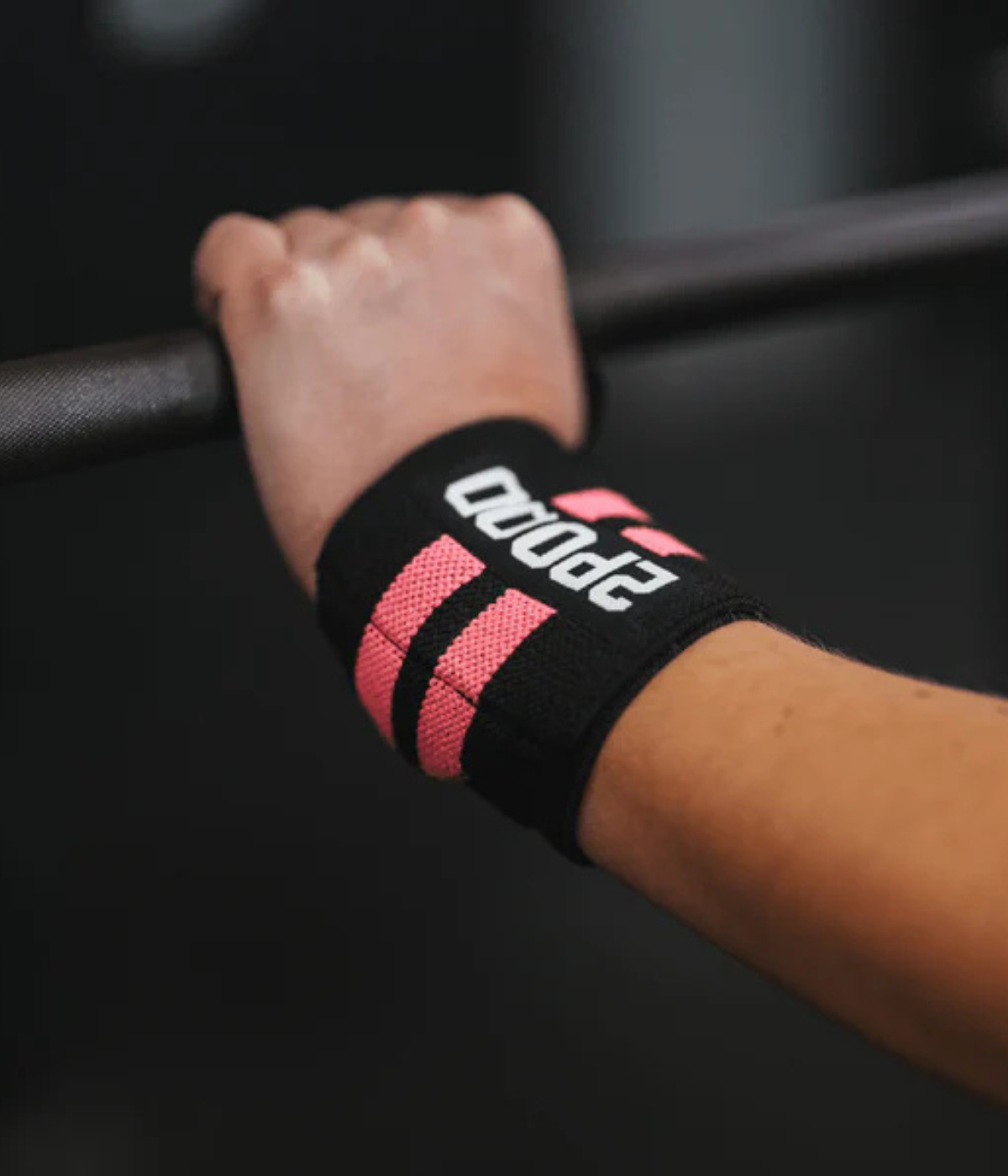
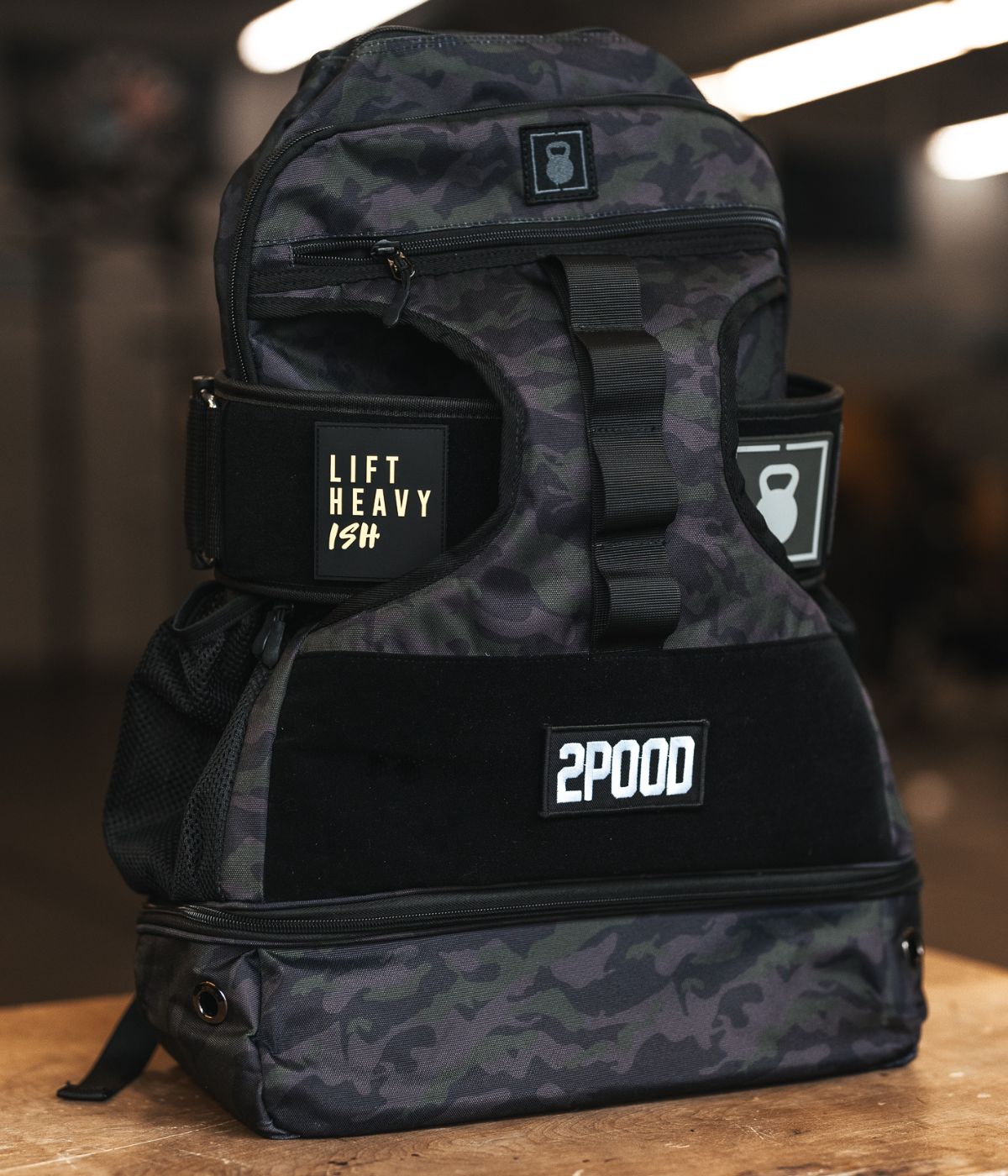
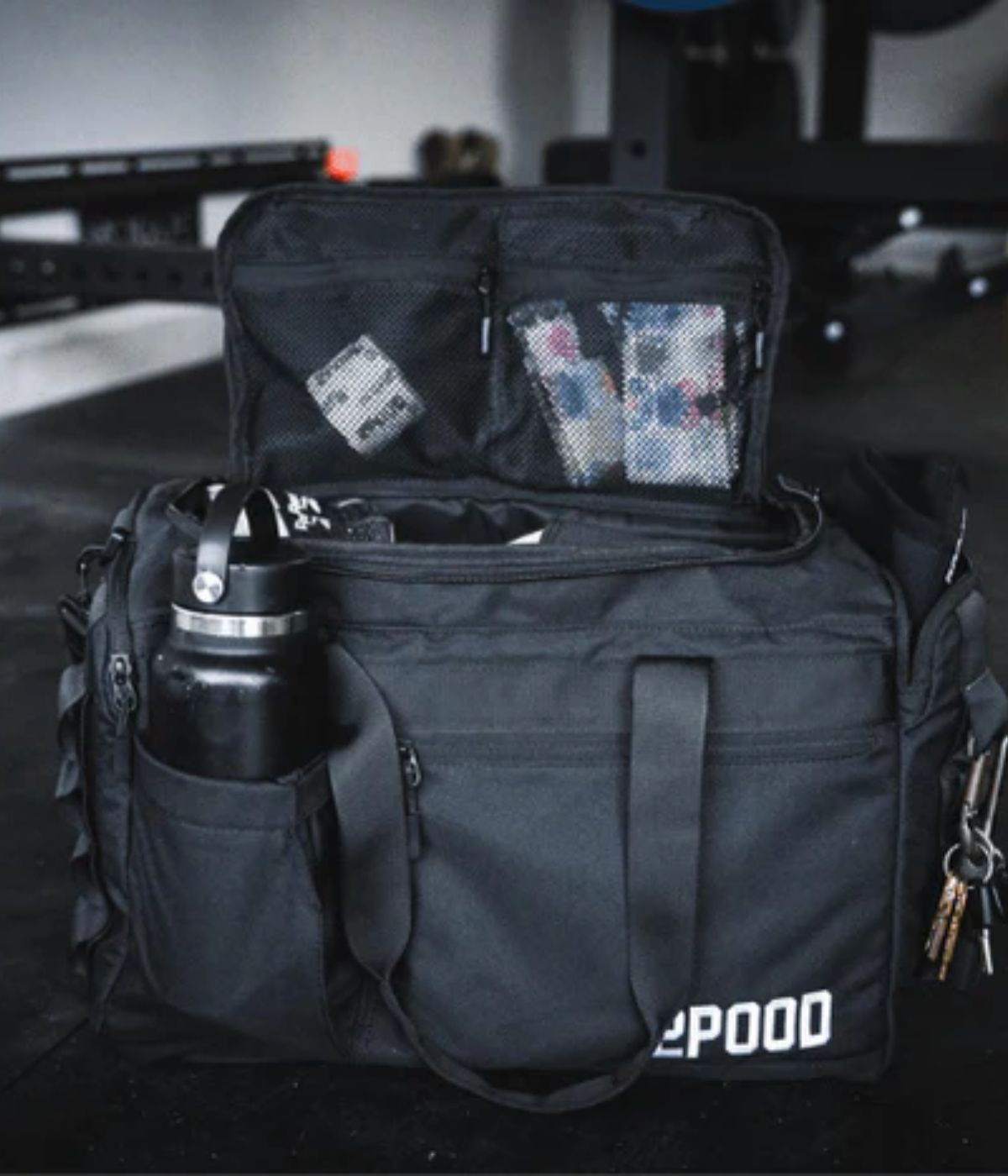
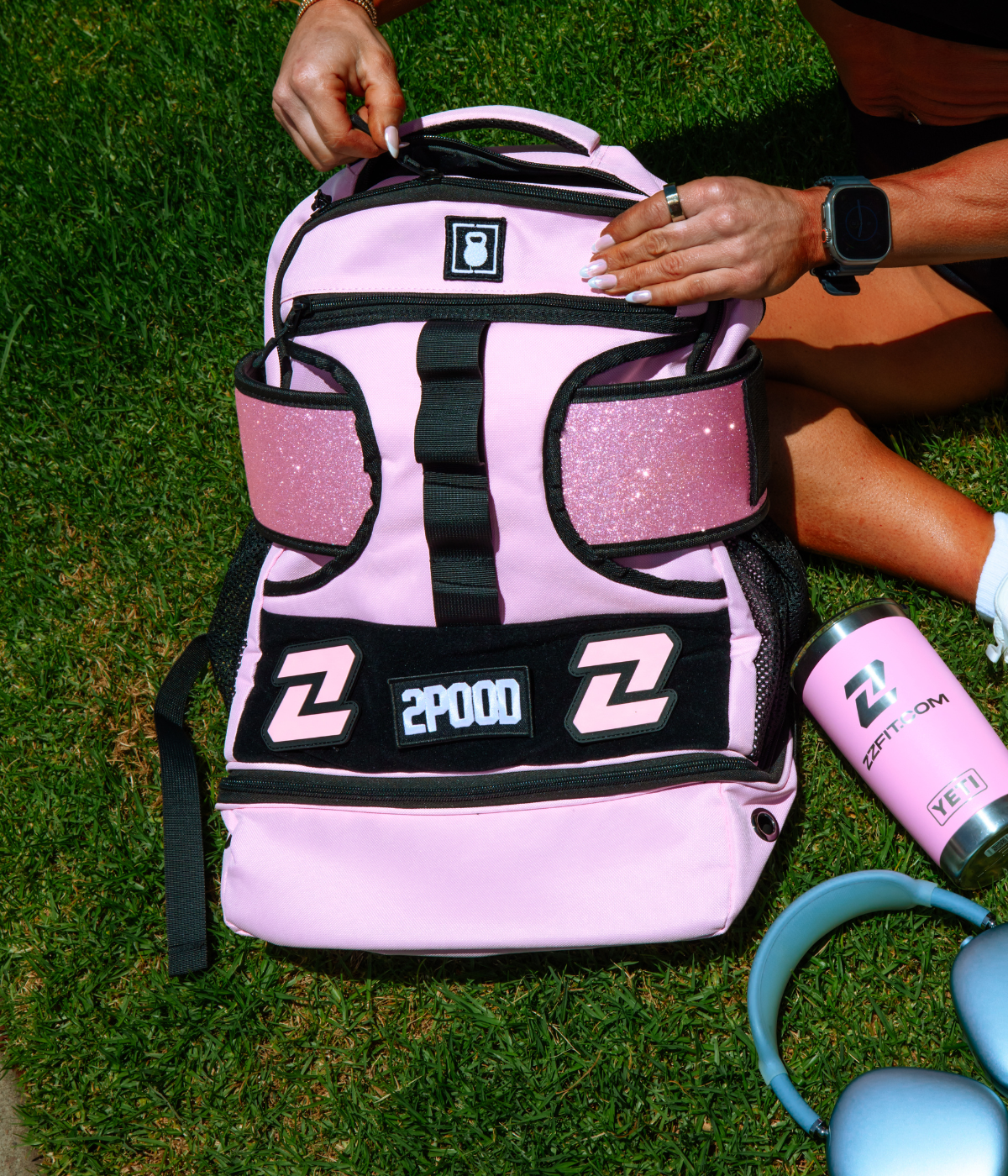
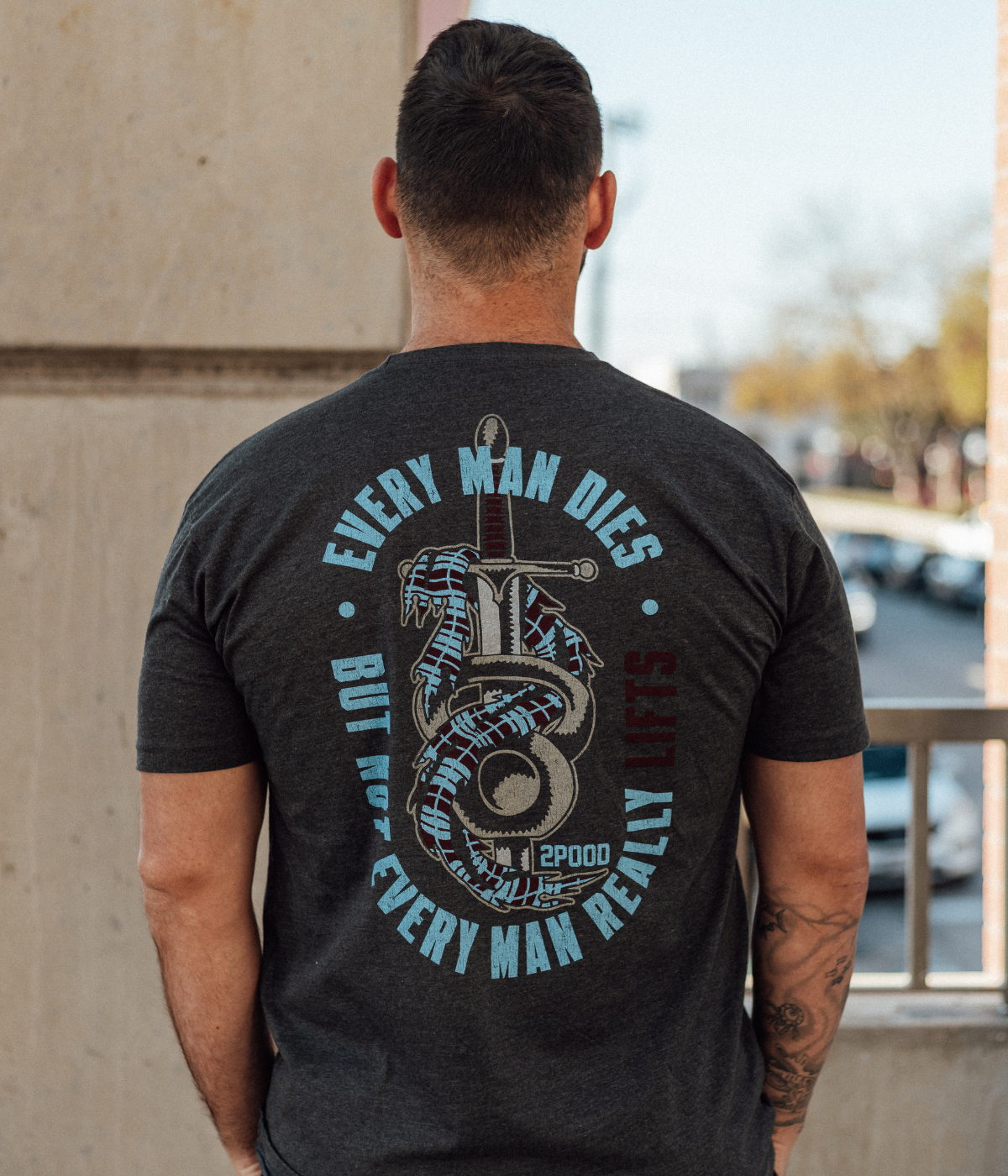
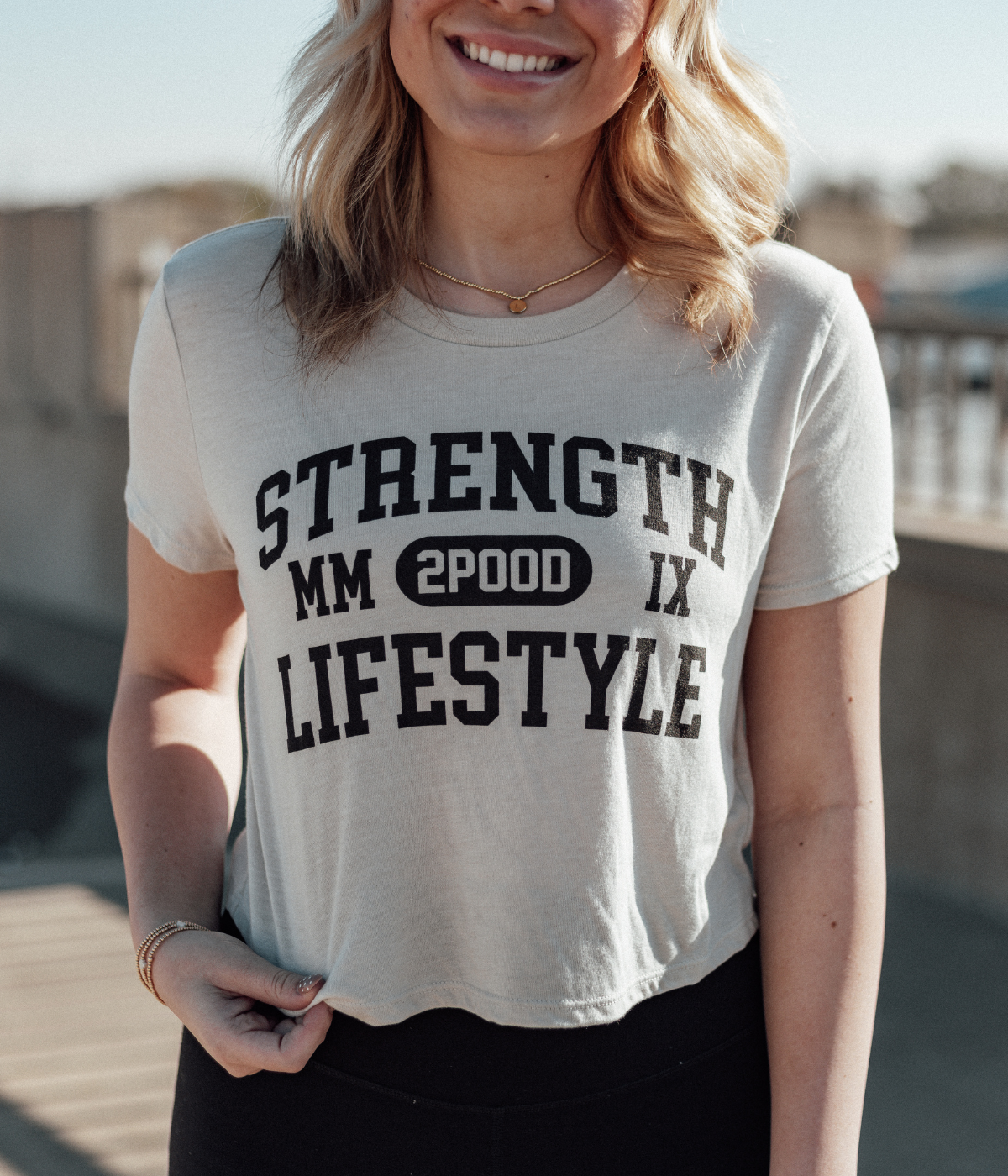
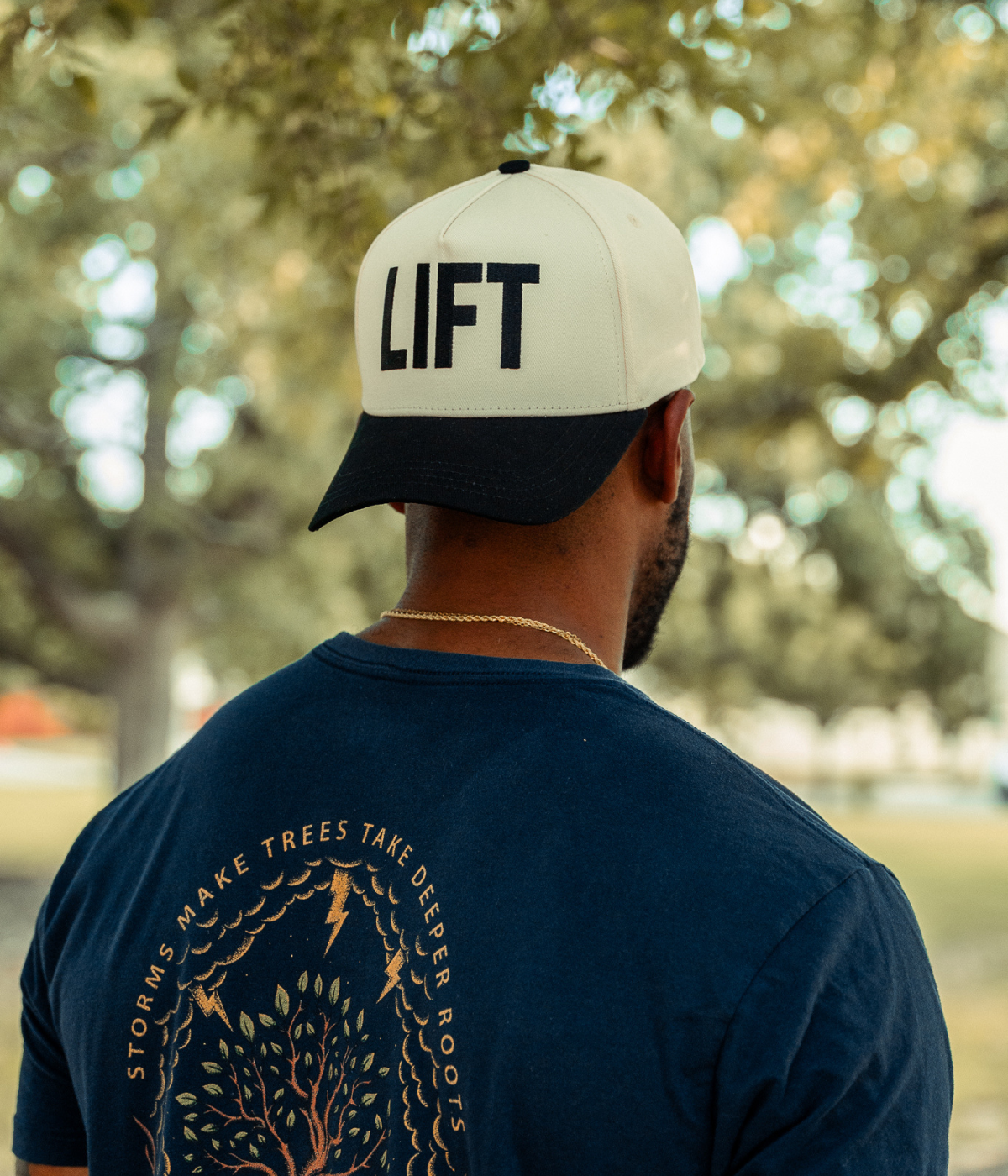
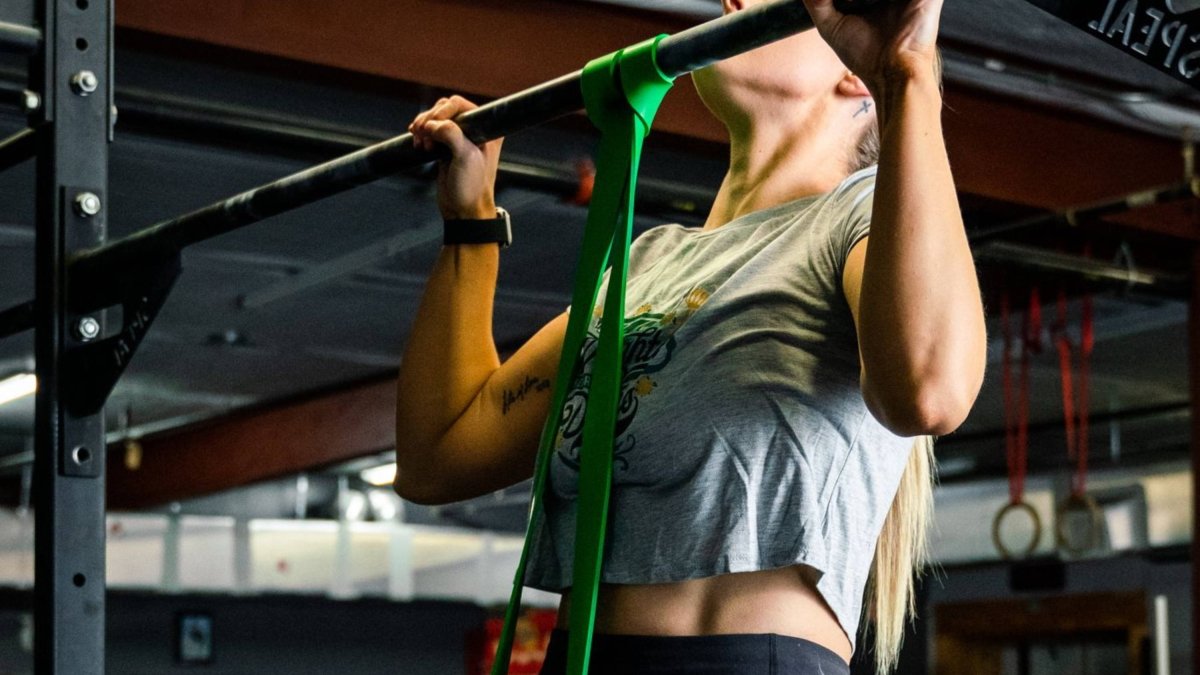
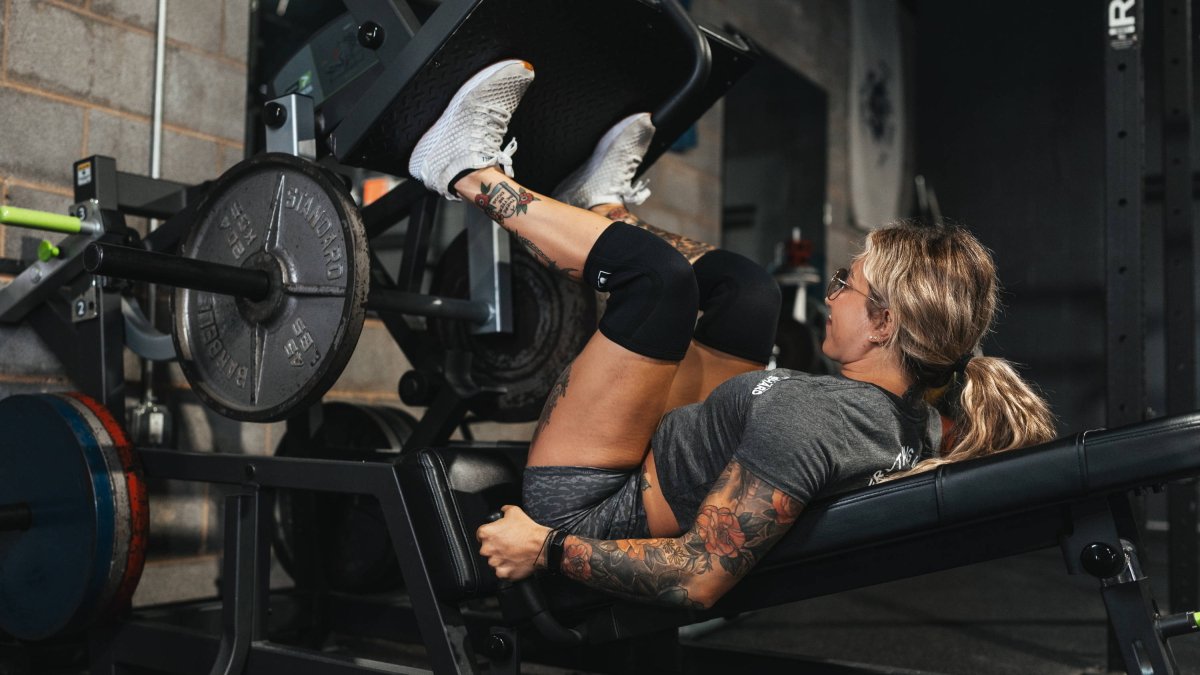
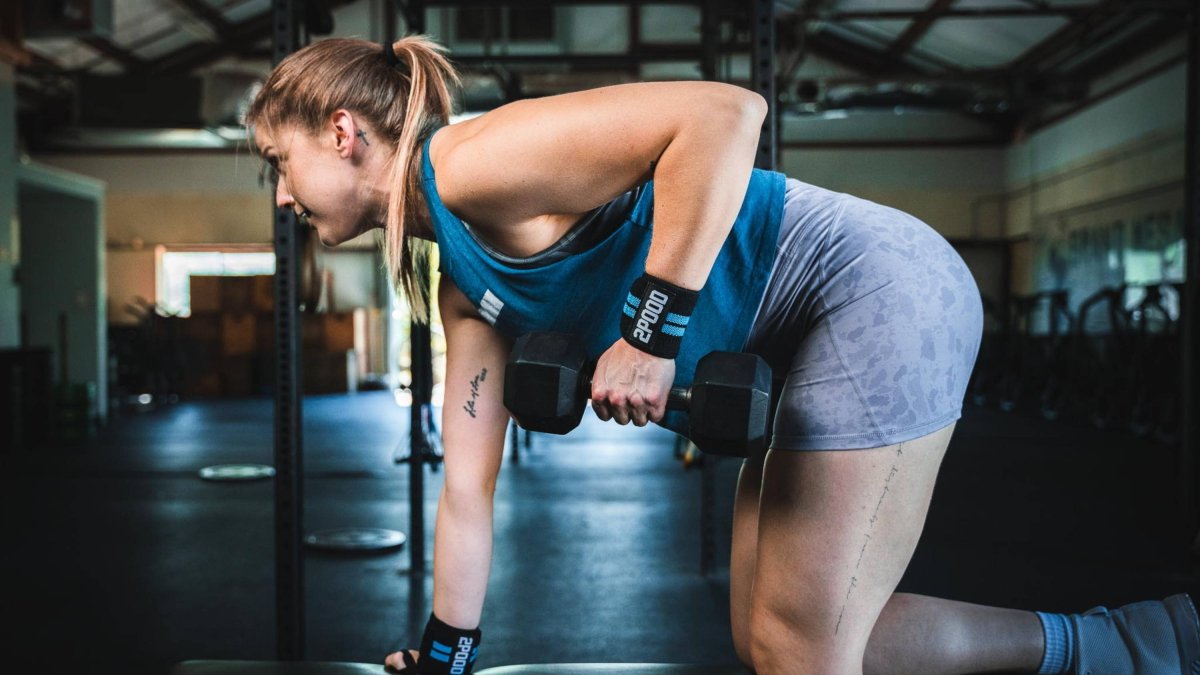
Leave a comment
All comments are moderated before being published.
This site is protected by hCaptcha and the hCaptcha Privacy Policy and Terms of Service apply.